HSBC 2005 Annual Report Download - page 77
Download and view the complete annual report
Please find page 77 of the 2005 HSBC annual report below. You can navigate through the pages in the report by either clicking on the pages listed below, or by using the keyword search tool below to find specific information within the annual report.-
 1
1 -
 2
2 -
 3
3 -
 4
4 -
 5
5 -
 6
6 -
 7
7 -
 8
8 -
 9
9 -
 10
10 -
 11
11 -
 12
12 -
 13
13 -
 14
14 -
 15
15 -
 16
16 -
 17
17 -
 18
18 -
 19
19 -
 20
20 -
 21
21 -
 22
22 -
 23
23 -
 24
24 -
 25
25 -
 26
26 -
 27
27 -
 28
28 -
 29
29 -
 30
30 -
 31
31 -
 32
32 -
 33
33 -
 34
34 -
 35
35 -
 36
36 -
 37
37 -
 38
38 -
 39
39 -
 40
40 -
 41
41 -
 42
42 -
 43
43 -
 44
44 -
 45
45 -
 46
46 -
 47
47 -
 48
48 -
 49
49 -
 50
50 -
 51
51 -
 52
52 -
 53
53 -
 54
54 -
 55
55 -
 56
56 -
 57
57 -
 58
58 -
 59
59 -
 60
60 -
 61
61 -
 62
62 -
 63
63 -
 64
64 -
 65
65 -
 66
66 -
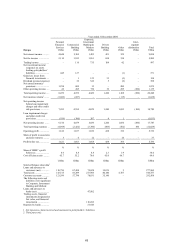 67
67 -
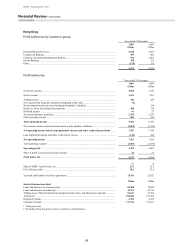 68
68 -
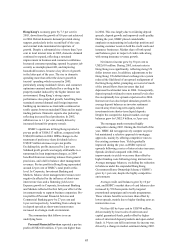 69
69 -
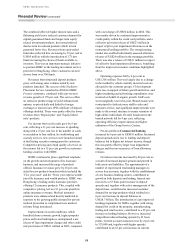 70
70 -
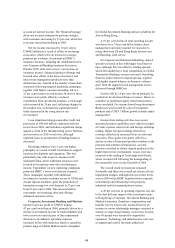 71
71 -
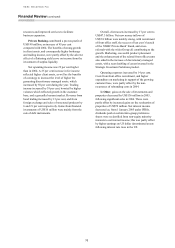 72
72 -
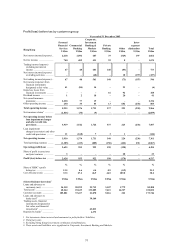 73
73 -
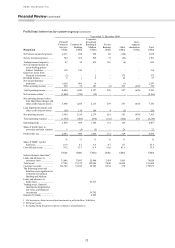 74
74 -
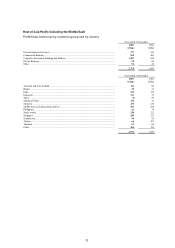 75
75 -
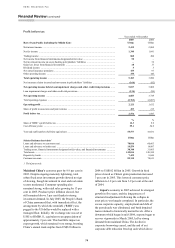 76
76 -
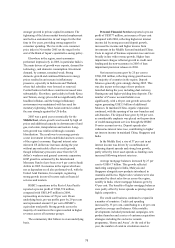 77
77 -
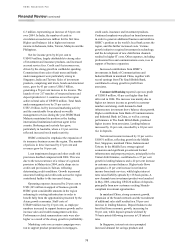 78
78 -
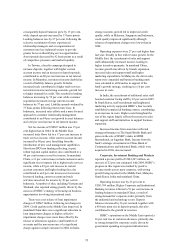 79
79 -
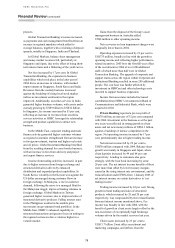 80
80 -
 81
81 -
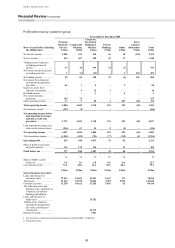 82
82 -
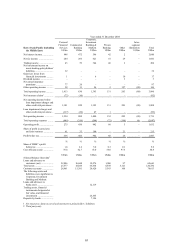 83
83 -
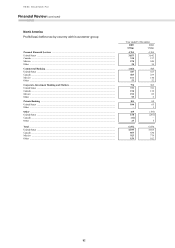 84
84 -
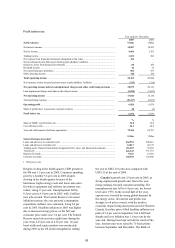 85
85 -
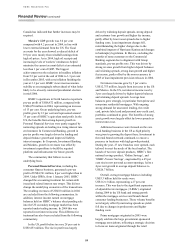 86
86 -
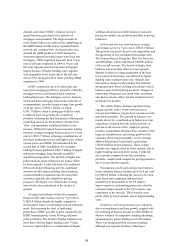 87
87 -
 88
88 -
 89
89 -
 90
90 -
 91
91 -
 92
92 -
 93
93 -
 94
94 -
 95
95 -
 96
96 -
 97
97 -
 98
98 -
 99
99 -
 100
100 -
 101
101 -
 102
102 -
 103
103 -
 104
104 -
 105
105 -
 106
106 -
 107
107 -
 108
108 -
 109
109 -
 110
110 -
 111
111 -
 112
112 -
 113
113 -
 114
114 -
 115
115 -
 116
116 -
 117
117 -
 118
118 -
 119
119 -
 120
120 -
 121
121 -
 122
122 -
 123
123 -
 124
124 -
 125
125 -
 126
126 -
 127
127 -
 128
128 -
 129
129 -
 130
130 -
 131
131 -
 132
132 -
 133
133 -
 134
134 -
 135
135 -
 136
136 -
 137
137 -
 138
138 -
 139
139 -
 140
140 -
 141
141 -
 142
142 -
 143
143 -
 144
144 -
 145
145 -
 146
146 -
 147
147 -
 148
148 -
 149
149 -
 150
150 -
 151
151 -
 152
152 -
 153
153 -
 154
154 -
 155
155 -
 156
156 -
 157
157 -
 158
158 -
 159
159 -
 160
160 -
 161
161 -
 162
162 -
 163
163 -
 164
164 -
 165
165 -
 166
166 -
 167
167 -
 168
168 -
 169
169 -
 170
170 -
 171
171 -
 172
172 -
 173
173 -
 174
174 -
 175
175 -
 176
176 -
 177
177 -
 178
178 -
 179
179 -
 180
180 -
 181
181 -
 182
182 -
 183
183 -
 184
184 -
 185
185 -
 186
186 -
 187
187 -
 188
188 -
 189
189 -
 190
190 -
 191
191 -
 192
192 -
 193
193 -
 194
194 -
 195
195 -
 196
196 -
 197
197 -
 198
198 -
 199
199 -
 200
200 -
 201
201 -
 202
202 -
 203
203 -
 204
204 -
 205
205 -
 206
206 -
 207
207 -
 208
208 -
 209
209 -
 210
210 -
 211
211 -
 212
212 -
 213
213 -
 214
214 -
 215
215 -
 216
216 -
 217
217 -
 218
218 -
 219
219 -
 220
220 -
 221
221 -
 222
222 -
 223
223 -
 224
224 -
 225
225 -
 226
226 -
 227
227 -
 228
228 -
 229
229 -
 230
230 -
 231
231 -
 232
232 -
 233
233 -
 234
234 -
 235
235 -
 236
236 -
 237
237 -
 238
238 -
 239
239 -
 240
240 -
 241
241 -
 242
242 -
 243
243 -
 244
244 -
 245
245 -
 246
246 -
 247
247 -
 248
248 -
 249
249 -
 250
250 -
 251
251 -
 252
252 -
 253
253 -
 254
254 -
 255
255 -
 256
256 -
 257
257 -
 258
258 -
 259
259 -
 260
260 -
 261
261 -
 262
262 -
 263
263 -
 264
264 -
 265
265 -
 266
266 -
 267
267 -
 268
268 -
 269
269 -
 270
270 -
 271
271 -
 272
272 -
 273
273 -
 274
274 -
 275
275 -
 276
276 -
 277
277 -
 278
278 -
 279
279 -
 280
280 -
 281
281 -
 282
282 -
 283
283 -
 284
284 -
 285
285 -
 286
286 -
 287
287 -
 288
288 -
 289
289 -
 290
290 -
 291
291 -
 292
292 -
 293
293 -
 294
294 -
 295
295 -
 296
296 -
 297
297 -
 298
298 -
 299
299 -
 300
300 -
 301
301 -
 302
302 -
 303
303 -
 304
304 -
 305
305 -
 306
306 -
 307
307 -
 308
308 -
 309
309 -
 310
310 -
 311
311 -
 312
312 -
 313
313 -
 314
314 -
 315
315 -
 316
316 -
 317
317 -
 318
318 -
 319
319 -
 320
320 -
 321
321 -
 322
322 -
 323
323 -
 324
324 -
 325
325 -
 326
326 -
 327
327 -
 328
328 -
 329
329 -
 330
330 -
 331
331 -
 332
332 -
 333
333 -
 334
334 -
 335
335 -
 336
336 -
 337
337 -
 338
338 -
 339
339 -
 340
340 -
 341
341 -
 342
342 -
 343
343 -
 344
344 -
 345
345 -
 346
346 -
 347
347 -
 348
348 -
 349
349 -
 350
350 -
 351
351 -
 352
352 -
 353
353 -
 354
354 -
 355
355 -
 356
356 -
 357
357 -
 358
358 -
 359
359 -
 360
360 -
 361
361 -
 362
362 -
 363
363 -
 364
364 -
 365
365 -
 366
366 -
 367
367 -
 368
368 -
 369
369 -
 370
370 -
 371
371 -
 372
372 -
 373
373 -
 374
374 -
 375
375 -
 376
376 -
 377
377 -
 378
378 -
 379
379 -
 380
380 -
 381
381 -
 382
382 -
 383
383 -
 384
384 -
 385
385 -
 386
386 -
 387
387 -
 388
388 -
 389
389 -
 390
390 -
 391
391 -
 392
392 -
 393
393 -
 394
394 -
 395
395 -
 396
396 -
 397
397 -
 398
398 -
 399
399 -
 400
400 -
 401
401 -
 402
402 -
 403
403 -
 404
404 -
 405
405 -
 406
406 -
 407
407 -
 408
408 -
 409
409 -
 410
410 -
 411
411 -
 412
412 -
 413
413 -
 414
414 -
 415
415 -
 416
416 -
 417
417 -
 418
418 -
 419
419 -
 420
420 -
 421
421 -
 422
422 -
 423
423 -
 424
424
 |
 |
75
stronger growth in private capital investment. The
tightening of the labour market boosted employment
and led to a sustained rise in real wages for the first
time in five years, providing strong support for
consumer spending. The rise in the core consumer
price index in November 2005 set the stage for the
end of the Bank of Japan’s quantitative easing policy.
Elsewhere in the region, most economies
performed impressively in 2005, in particular India’s.
The main drivers of growth were exports, demand for
technology, and domestic consumption. Investment
demand, by contrast, remained weak. Strong
domestic growth and continued firmness in energy
prices resulted in an increase in inflationary
pressures, especially in Indonesia and Thailand,
where fuel subsidies were lowered or removed.
Central banks in both these countries increased rates
substantially. Elsewhere, particularly in South Korea
and Taiwan, energy prices did not significantly affect
headline inflation, and the benign inflationary
environment was maintained with less need for
monetary tightening. Most Asian currencies ended
the year strongly against the US dollar.
2005 was a good year economically for the
Middle East, where growth was boosted by high oil
prices and additional capacity in downstream oil and
gas, real estate, transportation and tourism. Long-
term growth was reinforced through economic
liberalisation. The result was to encourage private
sector investment in both established and new sectors
of the region’s economy. Regional interest rates
mirrored US dollar rate increases during the year
without any noticeable effect on credit growth,
though inflationary pressures arose from the US
dollar’s weakness and general economic expansion.
GDP growth is estimated by the International
Monetary Fund to have been over 6 per cent in Saudi
Arabia in 2005. Economies in the region which are
not as dependent on oil also performed well, with the
United Arab Emirates, for example, registering
strong growth in non-oil sectors such as financial
services and tourism.
HSBC’s operations in the Rest of Asia-Pacific
reported a pre-tax profit of US$2,574 million,
compared with US$1,847 million in 2004,
representing an increase of 39 per cent. On an
underlying basis, pre-tax profits grew by 29 per cent
and represented around 12 per cent of HSBC’s
equivalent total profit. Strong growth across the
majority of countries in the region resulted in higher
revenues across all customer groups.
The commentary that follows is on an underlying
basis.
Personal Financial Services reported a pre-tax
profit of US$377 million, an increase of 6 per cent
compared with 2004, reflecting higher net interest
income led by strong asset and deposit growth,
increased fee income and higher income from
investments in the Middle East and mainland China.
Costs in support of business expansion rose and were
broadly in line with revenue growth. Higher loan
impairment charges reflected growth in credit card
lending and the non-recurrence in 2005 of loan
impairment provision releases in 2004.
Net interest income grew by 25 per cent to
US$1,208 million, reflecting strong growth across
the majority of countries in the region. Deposit
balances generally grew strongly during 2005. This
was due in part to the range of new products
launched during the year, including dual currency,
floating rate and higher-yielding time deposits. The
number of Premier account holders rose
significantly, with a 40 per cent growth across the
region generating US$3.5 billion of additional
balances. In mainland China, organic expansion
continued, with the opening of ten new branches and
sub-branches. The deposit base grew by 80 per cent,
as considerable emphasis was placed on the provision
of wealth management services through the HSBC
Premier account service. Deposit spreads also
widened as interest rates rose, contributing to higher
net interest income in mainland China, Singapore and
India.
In the Middle East, a rise of 37 per cent in net
interest income was driven by a combination of
widening deposit spreads and strong loan growth,
partly offset by lower asset spreads as funding costs
increased following interest rate rises.
Average mortgage balances increased by 27 per
cent to US$16.7 billion. This growth reflected
marketing campaigns in India, Malaysia and
Singapore alongside new products introduced in
Australia and Korea. Higher sales volumes were also
generated by direct sales forces across the region,
notably in India, where mortgage balances grew by
43 per cent. The benefits of higher mortgage balances
were partly offset by lower spreads as pricing stayed
highly competitive.
The credit card business continued to expand in
a number of countries. Credit card spending
increased by 33 per cent, contributing to a 42 per cent
growth in average card balances. Other notable
developments included promotional campaigns, new
product launches and a series of customer acquisition
strategies including the exclusive rewards
programme, ‘Home and Away’. At the end of the
year, the number of cards in circulation stood at
